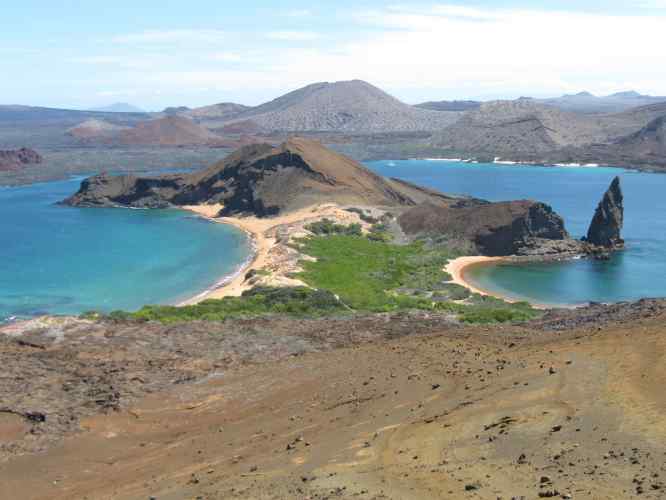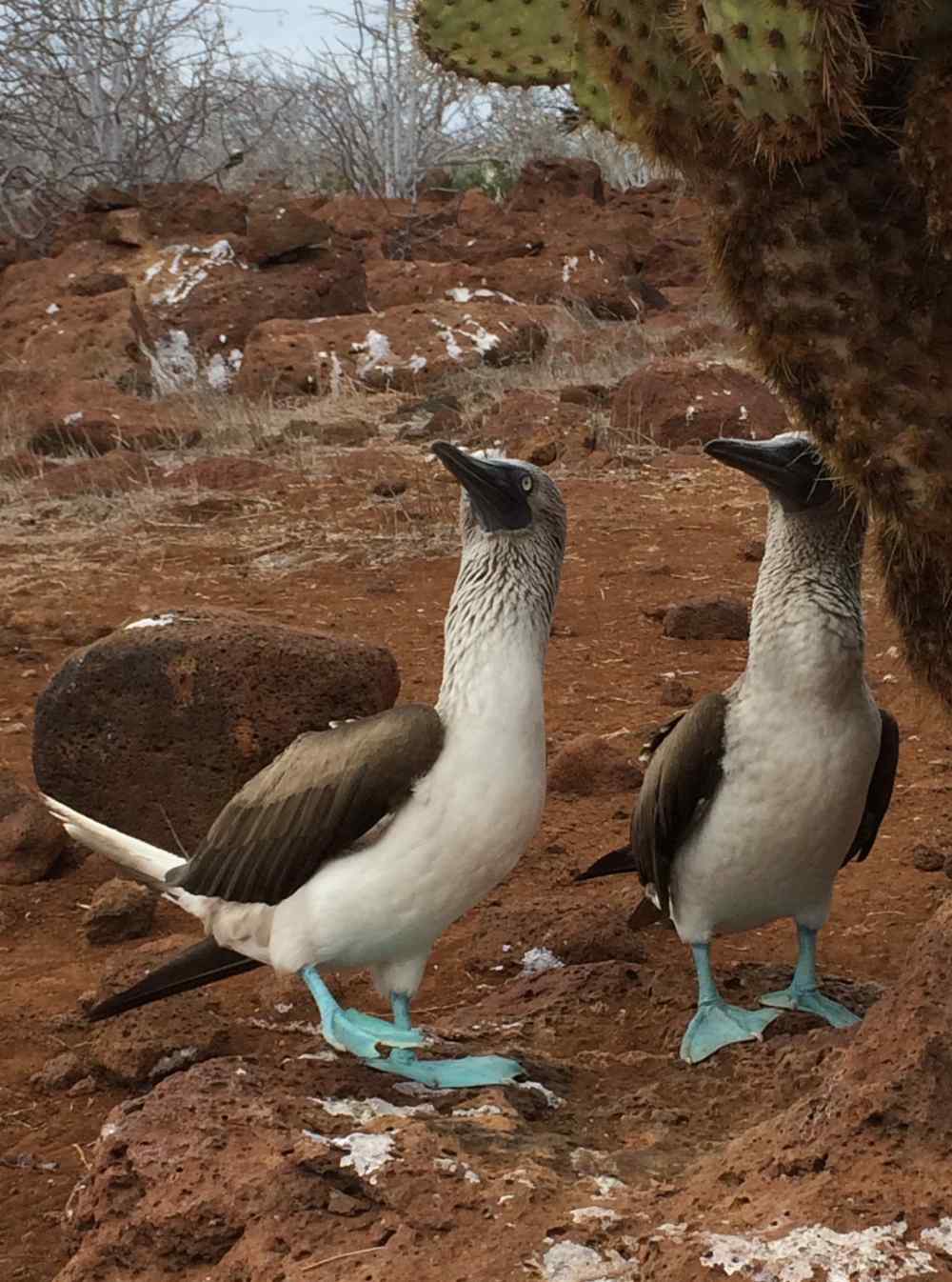Experiencing Ecuador
Kevin Mackenzie ’18, an environmental studies and Hispanic studies major, spent three weeks this summer immersed in the native ecosystems and culture of Ecuador for an Environmental Field Course. This is Kevin’s experience, in his words.

At the beginning of summer, I spent three weeks traveling across Ecuador for a class offered by the Environmental Science and Studies department at Washington College. During the incredible trip, I visited a variety of ecosystems, many cities, islands and beaches, and received four school credits to do so. I will never forget the lessons learned and the experiences gained from this trip. I was fortunate to make friends in those weeks, some I had to leave behind, while others returned with me to WAC. This trip was particularly meaningful because it allowed me to apply my two passions: Environmental Studies and Spanish.

Our first day in Quito, we went to La Universidad de San Francisco Quito (USFQ), where we had talks from Dr. Günter Reck, Dr. Hugo Valdebenito and Dr. Kelly Swing. They were introductory talks that covered local customs and what we could expect to experience. Tired from the prior day of traveling, we all missed the simple message to wears pants in the city. We would later remember the message when half of us failed to hail a cab because we were in shorts… We stayed in that night.
After five days in Quito and the surrounding highland, we left early in the morning, before cars had a chance to pollute the streets, to head toward the pristine Galápagos Islands. We arrived later that morning at Seymour Airport, formerly owned by the United States Army Air Force during WWII. After driving for almost an hour and seeing nothing but dry bush land, we came to our first stop. At first glance, I wasn't sure what was special about this stop on the island since it was nowhere near a beach; until I saw the first giant tortoise. This was a private tortoise sanctuary that gave home to – what looked like – dozens of prehistoric animals. This was just the first of many breath taking animals we would see.
On the Galapagos Islands, we snorkeled with sharks, rainbow fish, eels and penguins; most importantly, we met and learned from Dr. Reck. Günter, as he prefers to be called, has a list of accolades from every resident of the Galápagos Islands. He is a leader of conservation and the green movement throughout Ecuador. He was the director of many organizations including the Charles Darwin Research Station and a Dean at USFQ. Meeting Günter was one of the many highlights of the trip, for which I'm extremely grateful to WAC.
On our last big excursion, we transitioned almost directly from the Galápagos to the Amazon, staying only one night at our ‘home base' in Quito. After a thirty minute flight over the Andes Mountains, four hours by canoe and two hours by bus, we arrived at the Tiputini Biodiversity Station, where we spent the next five days. Covered by a thick canopy of trees, that night in the Amazon was my first time experiencing complete darkness. As the sun rose the next morning, so did we, and we began our trek into the forest. During the day long hike, we saw more than a handful of different monkey species, toucans, peccary foot prints, killer ants, edible termites, caiman and more species of plants than I could comprehend. This beautiful land is a symbol for Ecuador
and once again WAC provided us with the opportunity to meet another pioneer of conservation, founder of the Biodiversity Station, Dr. Swing. We stayed at Tiputini and explored the surrounding land for almost a week.
Though It's hard to summarize much of what we saw and did while in Ecuador, I've shared a few of the highlights. I'm grateful for the opportunity to have had such an incredible experience learning through immersion. I hope to return to Ecuador in the near future. Thank you again to Dr. Sherman and Dr. Fox of the Environmental Department at Washington College and the staff from USFQ.